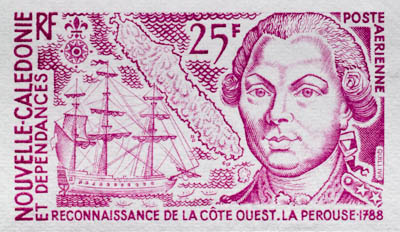
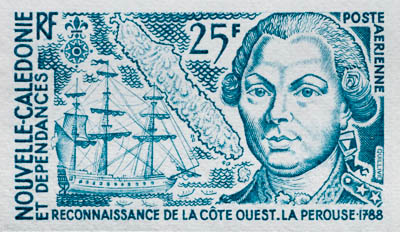
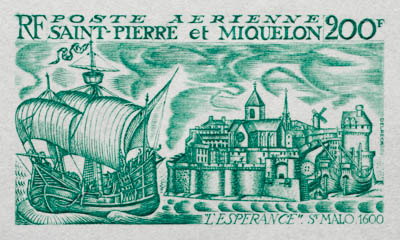
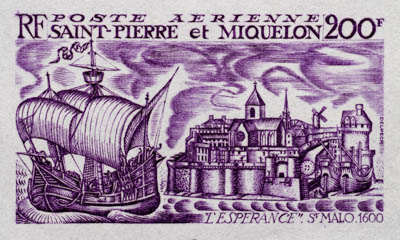
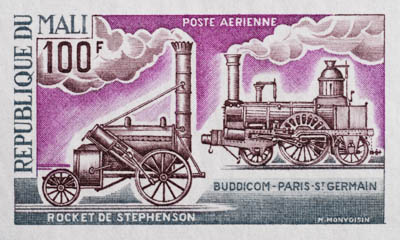
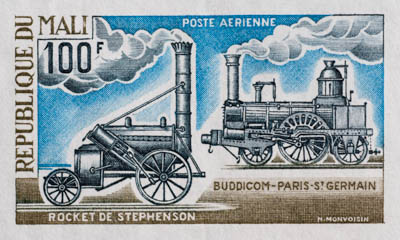
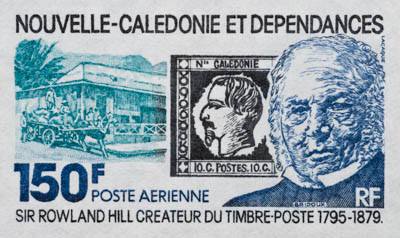
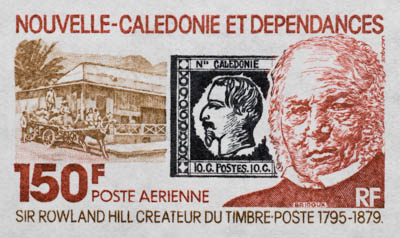








The purpose of trial color proofs is to provide samples of a stamp in different colors. Trial color proofs had been produced by the French government printers and other government printers since the 19th century. However, they were typically produced as die proofs rather than plate proofs, i.e. a single impression in each color was made from the printing die before the printing plate was made. One proof in each color was normally sufficient to evaluate ink colors; an entire sheet printed in the ink color was unnecessary. Printing an entire sheet of color proofs did, however, have the advantage of allowing the printing of multiple colors in the same sheet, which made for easier comparison of colors.
The U.S. had experimented with trial color proof sheets and had produced them for the 1869 definitive series. These, like the trial color proofs produced by the French government printers, were distributed to the public (or at least government officials and politicians) and not merely kept in government archives.
One of the interesting and unusual features of trial color proof sheets produced by the French government printers is that they show diffent color combinations in the same sheet: each sheet of 25 typically shows mono-color proofs in each of the three ink colors and 5 multi-color proofs withß different portions of the stamp printed in different combinations of the colors.
The color galleries contain examples of up to 32 different trial colors of some of the most attractive trial color proofs from Afars & Issas and New Caledonia, as well as additional trial color proofs from FSAT and St. Pierre that are not included in the trial color proof galleries. In theory, up to 48 different color combinations were possible for trial color proofs of each stamp (3 mono-color proofs and 5 multi-color proofs in each sheet, with 6 different color sheets for each stamp). In practice, some colors were repeated in different sheets and it is also sometimes difficult to distinguish similar colors, especially if they are used to print only a small part of a proof.)
The gallery also shows a selection of full sheets of 10 or 25 trial color proofs to give an idea of the color arrangement, hand-written color codes, and serial numbers.